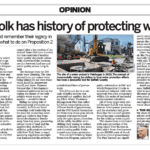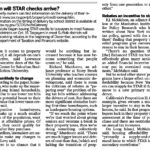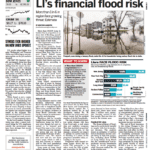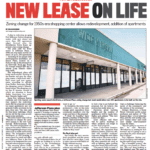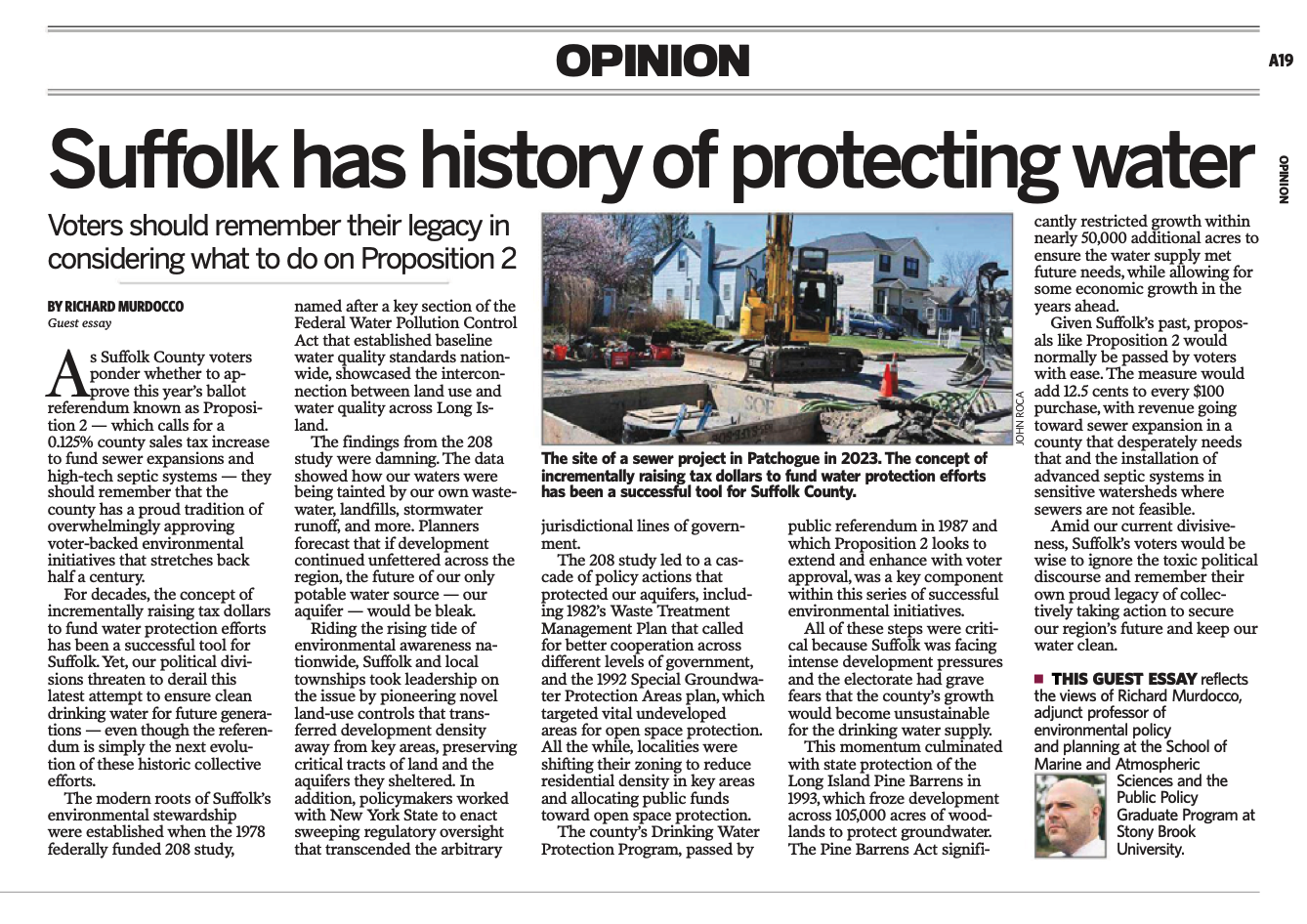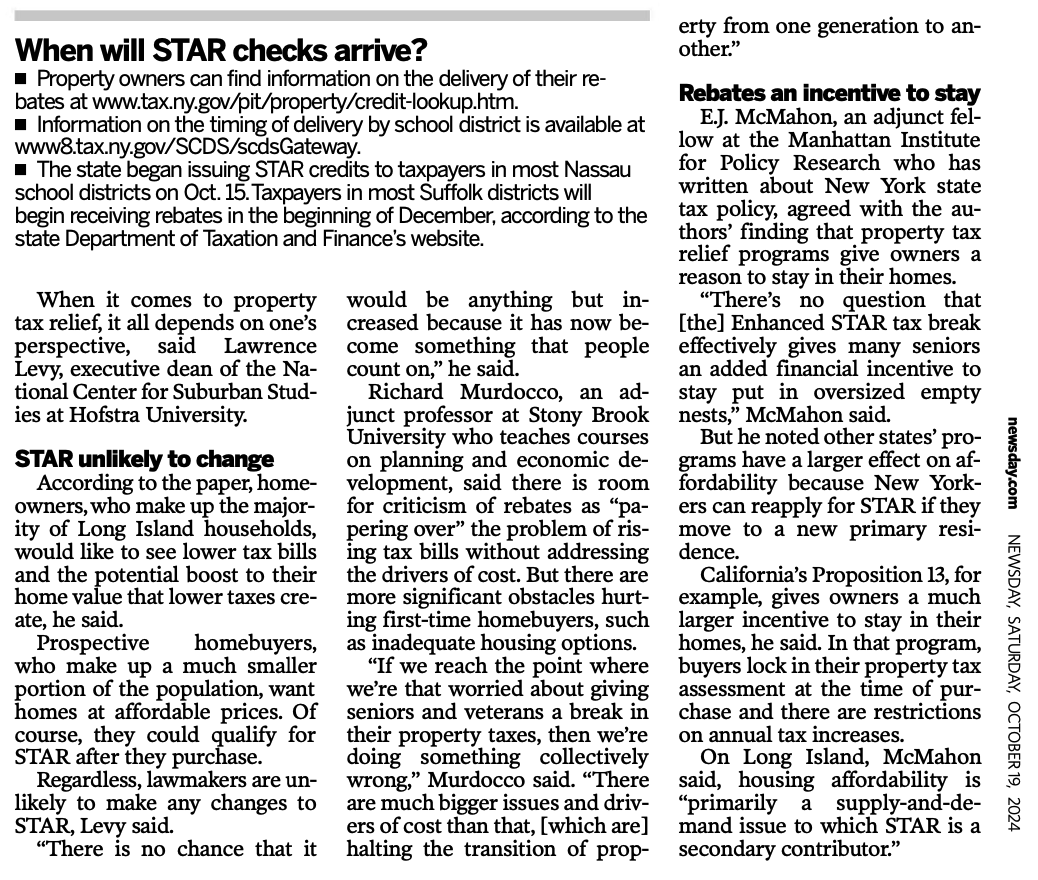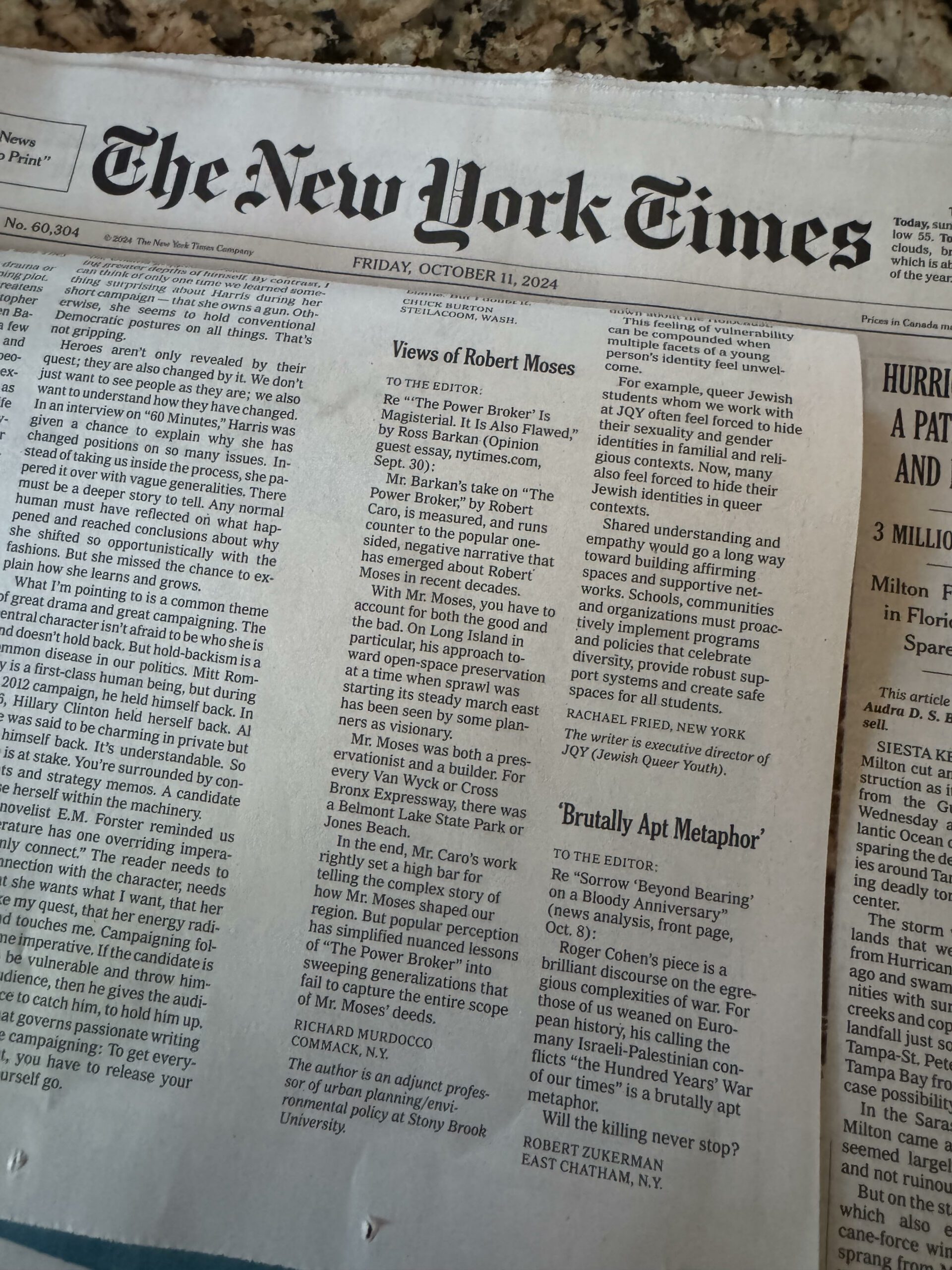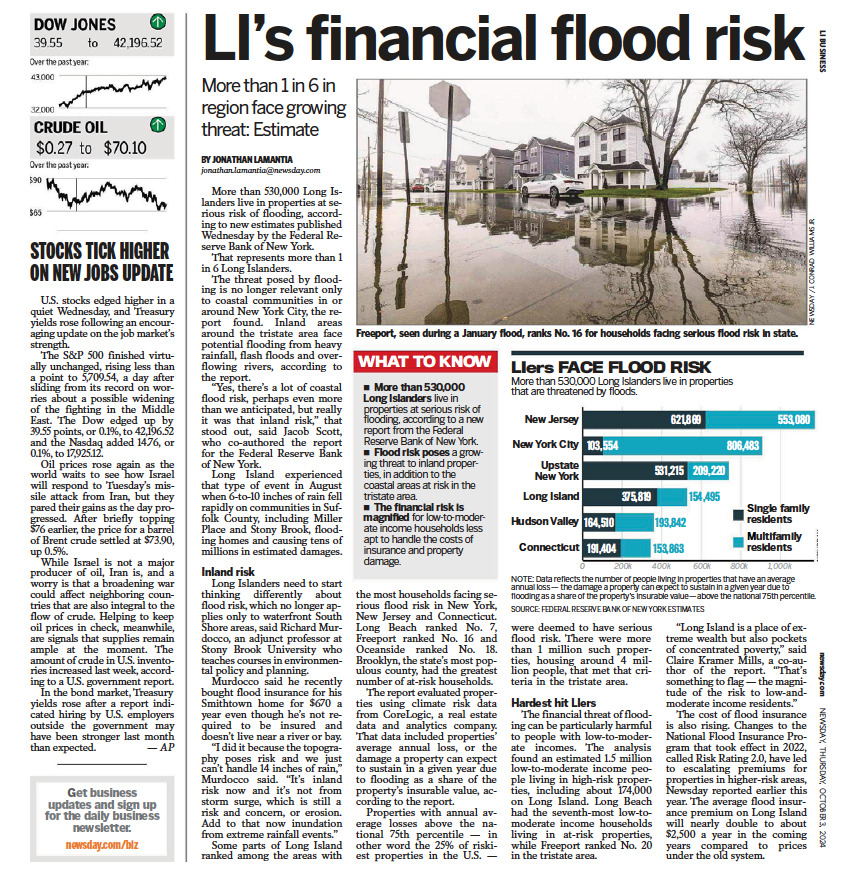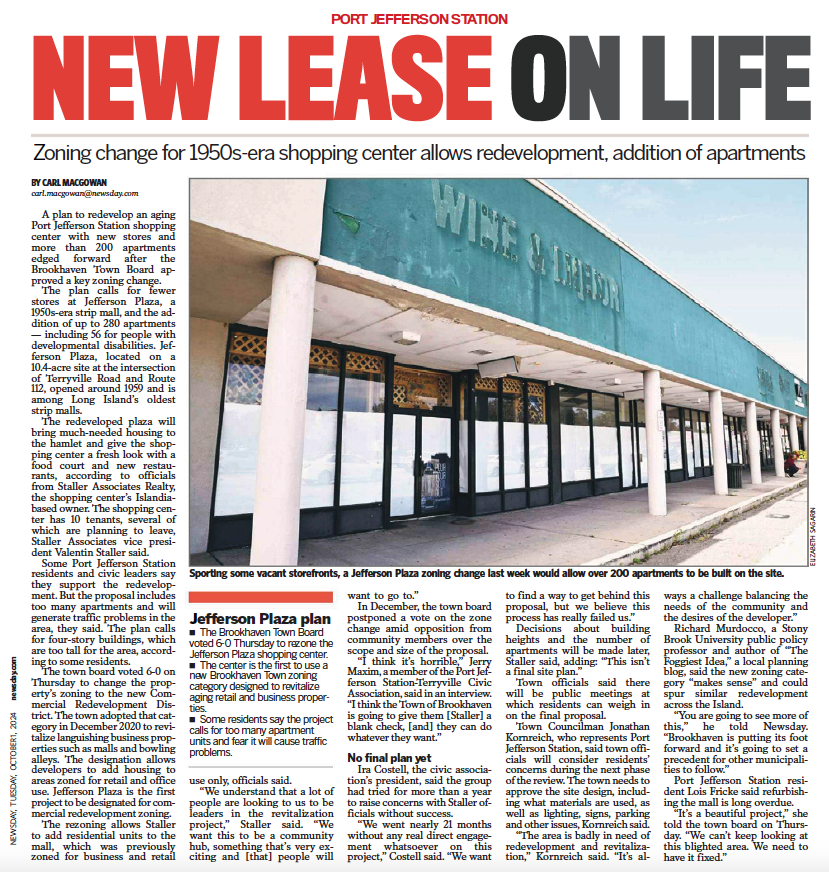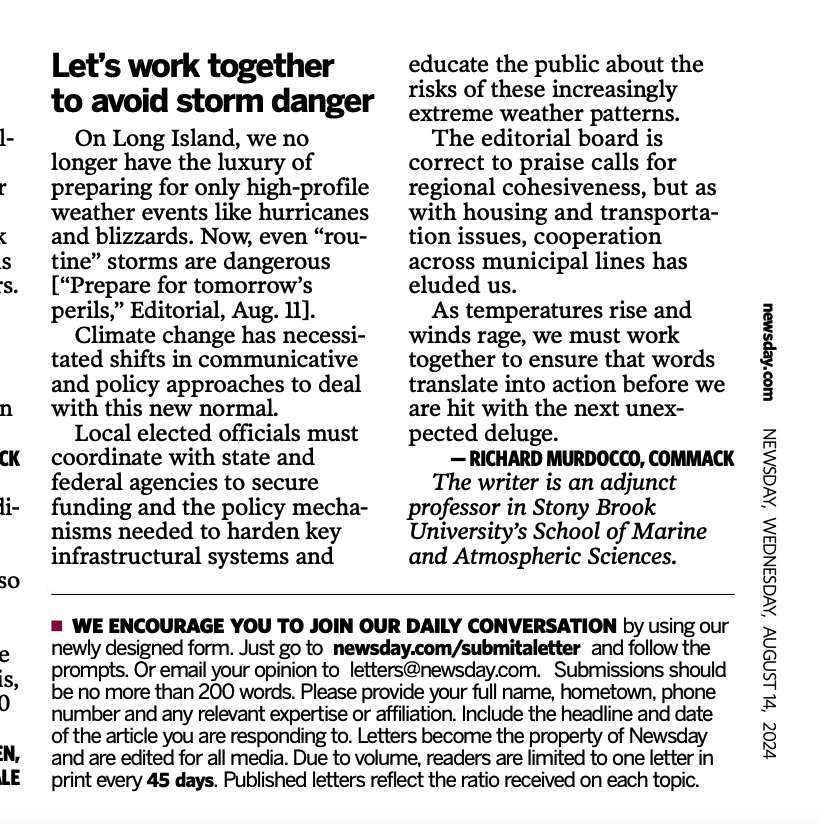It’s expensive to live on Long Island, but Long Islanders already knew that. Now what?
According to the New York State Office of the Comptroller, in 2012, 43.9 percent of homeowners in Nassau County and 43.7 percent of homeowners in Suffolk dealt with housing costs that exceeded 30 percent of their income. Renters were worse off – 53.2 percent of renters in Nassau and 54 percent in Suffolk exceeded the 30 percent threshold. Affordability, as determined by most to be the measure of the cost of owning or renting a home compared to median income, is typically measured at the 30 percent mark.
The comptroller’s report reflects some of Long Island’s deep-rooted regional issues. On the surface, most will find that our housing stock is to blame, and most will simply say that the report is another justification for building more multifamily units. While a correct assessment, the buck doesn’t stop there; affordability, like everything else on Long Island, is a complex, multifaceted issue with many contributing factors.
Our lack of affordability is not only related to housing, but our region’s limited economic opportunity and lack of cohesive long-term regional planning.
For starters, the advocates, and their conclusions, are correct, at least partially – the report shows the need to diversify our regional housing stock, wisely. The word “wisely” is critical (and often left out), because whenever reports such as these are released, advocates chomp at the bit to throw in the “brain drain” and need for increased density to accommodate multifamily structures. By blindly following the desire to plug the brain drain and ramp up density, you’re further taxing infrastructure that simply cannot handle the additional strain without substantive upgrades. The end result is the solution of one problem at the expense of creating four more.
Further, Long Island’s municipalities and residents must push for a diversification of our economy. Former industrial tracts cannot simply be converted to housing, nor should our diminishing vacant open spaces blindly be subdivided. As loyal readers already know, it’s all about balance. With roughly 46,000 acres left of vacant land, our opportunity for economic maximization is stunted with every throwaway Target store that is approved. As an island, we must move away from the “easy fix” that retail and hospitality uses provide, and seek out businesses and industries that will not only keep our population employed, but provide a decent living at the same time.
In an era where the Long Island Regional Planning Council, helmed by advocates, developers, municipal officials and other involved stakeholders, actively criticizes regional water-quality protection efforts, Long Island’s residents should be wary of where our land-use policies are coming from, and who exactly is shaping the conversation. Luckily, the conclusions drawn by the comptroller’s report are aligned with what urban planners have been saying for decades. Unfortunately, the solutions required to adequately fix the problems highlighted will require a fundamental shift in the way local governments, school districts and every other layer does business.
Tom DiNapoli’s report provides critical and accurate data that backs up what we as Long Islanders already knew: Living in Nassau and Suffolk counties is prohibitively expensive. It is now every Long Islander’s civic duty to take that data, understand it and actively lobby their officials for comprehensive solutions that go beyond our typical answers, panel discussions and stump speeches. Residents need to get their hands dirty and become part of the process. For too long we’ve let the same players play the game and the results decade after decade have been the same.
Long Island is expensive. What are we going to do about it? Do we have the fortitude to do what is necessary?



